As ESL teachers in diverse, multicultural classrooms, we are tasked with not only teaching language but also fostering a deeper understanding of the world around us. Critical thinking is an essential skill for our students, enabling them to navigate complex ideas and express themselves effectively. In this blog post, we'll explore two powerful critical thinking routines, "See-Think-Wonder" and "Color-Symbol-Image," developed by Project Zero at the Harvard Graduate School of Education, and discuss how they can be invaluable tools in engaging ESL students while enriching their language development.
The Power of Critical Thinking Routines
Critical thinking routines are structured activities that encourage students to explore a topic or concept from multiple angles. They begin with literal observations and gradually move into deeper, more abstract thinking. These routines help students make connections, consider various perspectives, and construct their understanding actively. Moreover, critical thinking routines like See-Think-Wonder and Color-Symbol-Image are fantastic for eliciting vocabulary from students. They engage their imagination and creativity, making learning a more interactive and dynamic process.
See-Think-Wonder Routine
The See-Think-Wonder routine invites students to observe an image, text, or any stimulus, making initial observations (what they see), inferring (what they think based on their observations), and questioning (what they wonder or are curious about). This structured process starts with concrete observations before moving to deeper interpretations, engaging critical thinking skills.
For ESL students, this routine is an excellent tool to build language skills. It encourages them to describe what they see, use adjectives, and explain their interpretations in a supportive context. It also prompts students to ask questions, which can lead to vocabulary acquisition as they seek words to express their curiosity.
Color-Symbol-Image Routine
The Color-Symbol-Image routine is a creative approach that helps students explore and express their understanding of a topic through the use of colors, symbols, and images. Students associate colors with emotions or concepts, create symbols that represent their thoughts, and illustrate images related to the topic.
This routine is especially effective for ESL students as it encourages them to go beyond verbal language. It allows them to communicate using visual elements and symbols, which can be particularly liberating for those who may feel more comfortable with images than words. As they associate colors and symbols with their thoughts, they enhance vocabulary acquisition and broaden their means of expression.
Why Critical Thinking Routines Work
Critical thinking routines are well-suited for multicultural ESL classrooms for several reasons:
Accessibility: These routines are accessible to students at various language proficiency levels. They start with concrete observations, which are ideal for beginners, and gradually progress to more abstract thinking that challenges more advanced students.
Inclusivity: The structured nature of these routines ensures that all students can participate actively, irrespective of their language skills. They cater to different learning styles and allow every student to engage.
Cultural Sensitivity: Critical thinking routines encourage students to consider diverse perspectives and cultures, promoting empathy and cross-cultural understanding. This is especially important in multicultural classrooms where students bring a wealth of experiences to share.
Vocabulary Building: By eliciting observations, questions, and interpretations, these routines naturally lead to vocabulary expansion. Students are encouraged to seek the right words to express their thoughts, enriching their language skills.
In conclusion, as ESL teachers in multicultural classrooms, we aim to equip our students with language skills and a deeper understanding of the world. Critical thinking routines like See-Think-Wonder and Color-Symbol-Image, developed by Project Zero at the Harvard Graduate School of Education, are powerful tools that engage ESL students, enhance their language development, and foster inclusivity and cultural sensitivity. These routines not only build language skills but also nurture the essential skill of critical thinking, helping our students become effective communicators and global thinkers.
Would you like a FREE copy of DIWALI Color -Symbol- Image? Just click below:
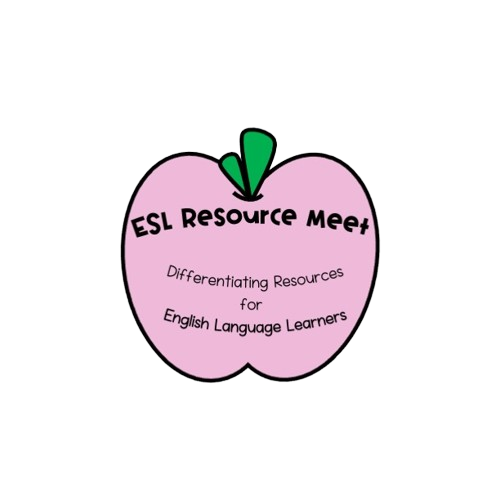









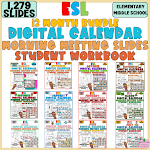



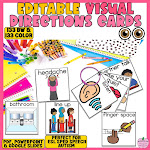





































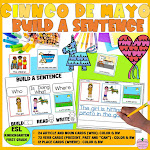







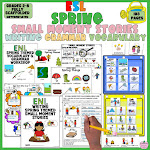




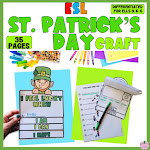
















































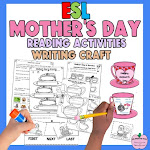
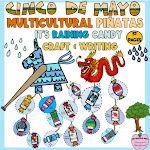
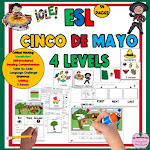
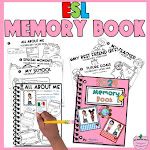




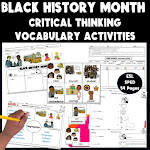



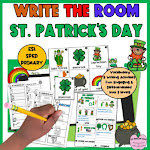

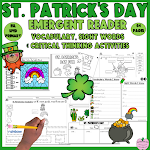








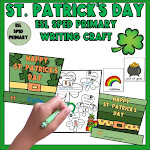

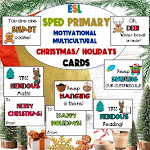


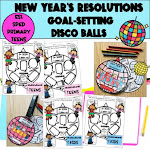
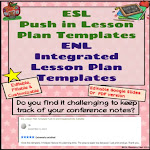



0 Comments